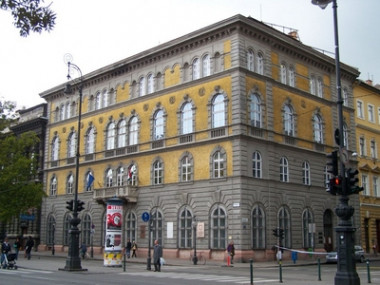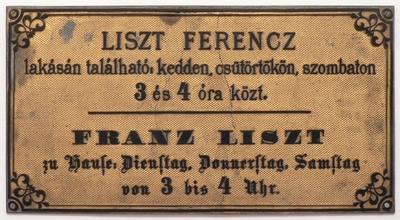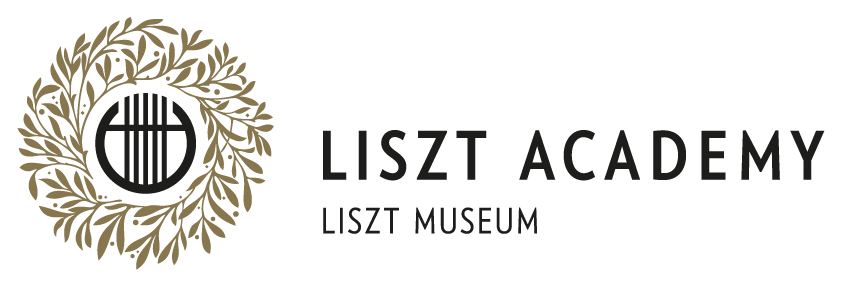About us
The Liszt Ferenc Memorial Museum and Research Centre was opened in September, 1986 in the building of the Old Academy of Music (H-1064 Budapest, Vörösmarty utca 35). This building was used from late 1875 until mid-1907 for music teaching of the Academy of Music: it was the 2nd site of the institution which had been inaugurated in 1875 (the first building on Hal-tér/Fisch-Platz has been demolished; its memory is preserved only by photos of the time). After opening the new palace at Liszt Ferenc tér (12 May 1907), the building in Vörösmarty utca was used by several other institutions (among others a music school, a coffee shop, political and social associations, a foreign trade company), until the Ministry for Culture and Education bought it in 1980 and put it at the disposal of the Academy of Music.

Liszt, the founding president and professor of the Academy who did not accept any salary for his teaching, got a service aparment in the building of the Old Academy of Music, of which the main front looked on Andrássy út (once called Sugár-út/Radialstrasse) while the entrance was in Vörösmarty utca. This apartment on the 1st store in which Liszt lived from January 1881 until 1886, the year of his death whenwever he stayed in Budapest, is today a memorial museum, furnished by his instruments, furniture, library and memorabilia. The entrance room of the apartment, such as Liszts study-and-bedroom and drawing room is awaiting visitors with a permanent exhibition, while the one-time dining room and the foyer at the ground-floor is used for temporary (thematic) Liszt-exhibitions. In the concert hall near Liszts apartment, the museum arranges Saturday matinée concerts for its visitors.
In the Liszt Ferenc Memorial Museum, the heart of the collection is Liszt's donation to the Academy of Music as a heritage: his instruments (1 Bösendorfer- and 2 Chickering-pianos, the composing desk, a Mason & Hamlin "cabinet organ", a "piano-orgue" by Erard and Alexandre, a "piano-harmonica" by Bachmann), and his Budapest library (books and scores marked after Liszt's death by a stamp of estate), several pieces of his furniture, pictures, sculptures, personal belongings. After the opening of the first memorial room of the Academy (1925, in the Liszt Ferenc tér building) this basic collection has been gradually completed by authentic memorabilia and manuscripts from Liszts circle of relatives, pupils and friends (e.g. Eduard Liszt, Jenő Hubay, István Thomán, Árpád Szendy, Henrik Gobbi, Vilma Varga). The Academy of Music has always made efforts to buy Liszt manuscripts and relics. Another important exhibition material in the former Liszt memorial rooms (supervised by the Academy Library) such as in their highly enlargened continuation, the self-standing Liszt Ferenc Memorial Museum (since 1986), has come as loan from the Hungarian National Museum: Liszt himself had bestowed the most precious relics of his artistic career to this institution.




